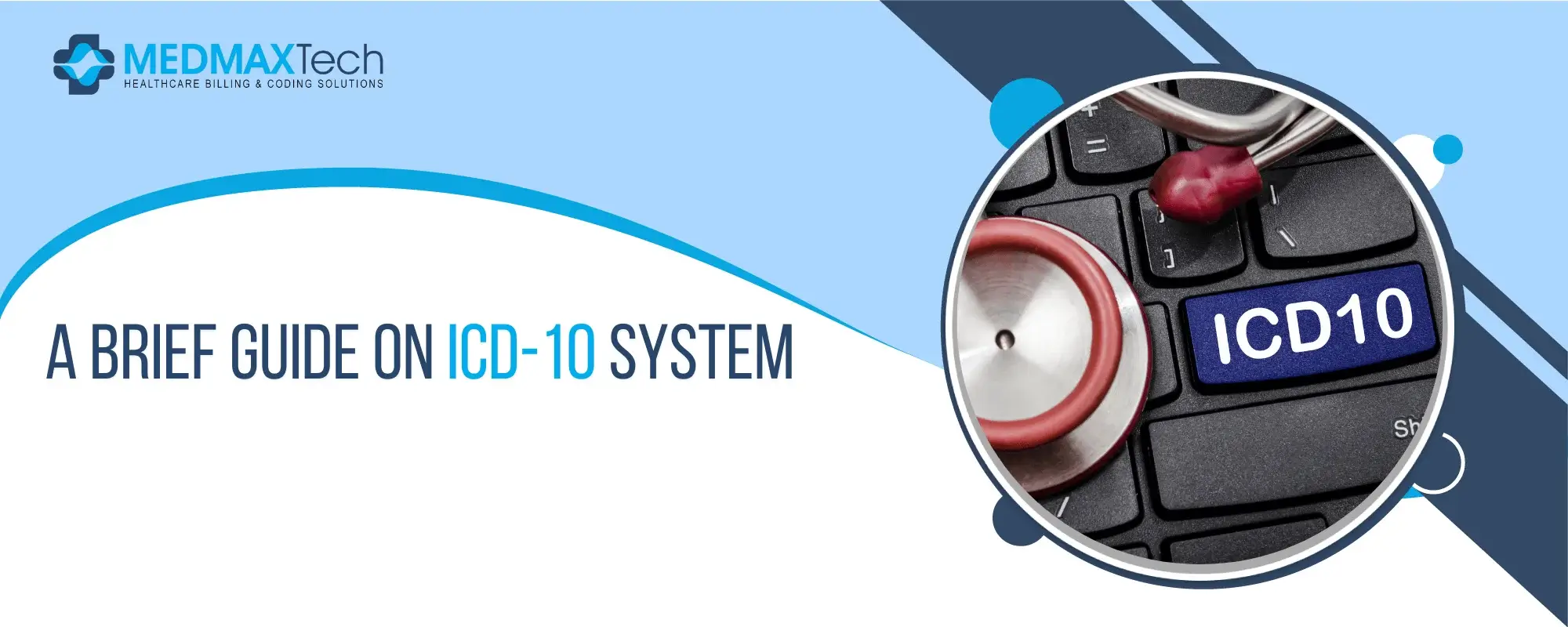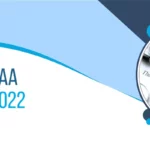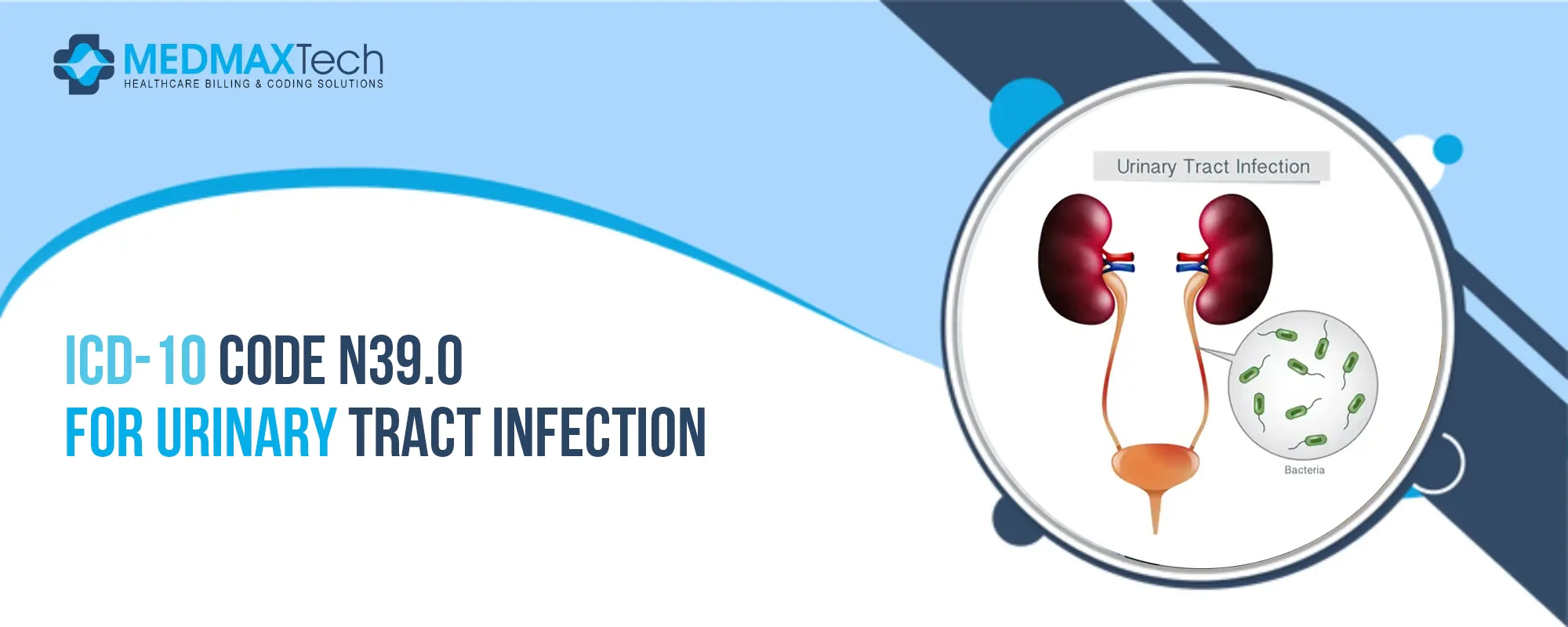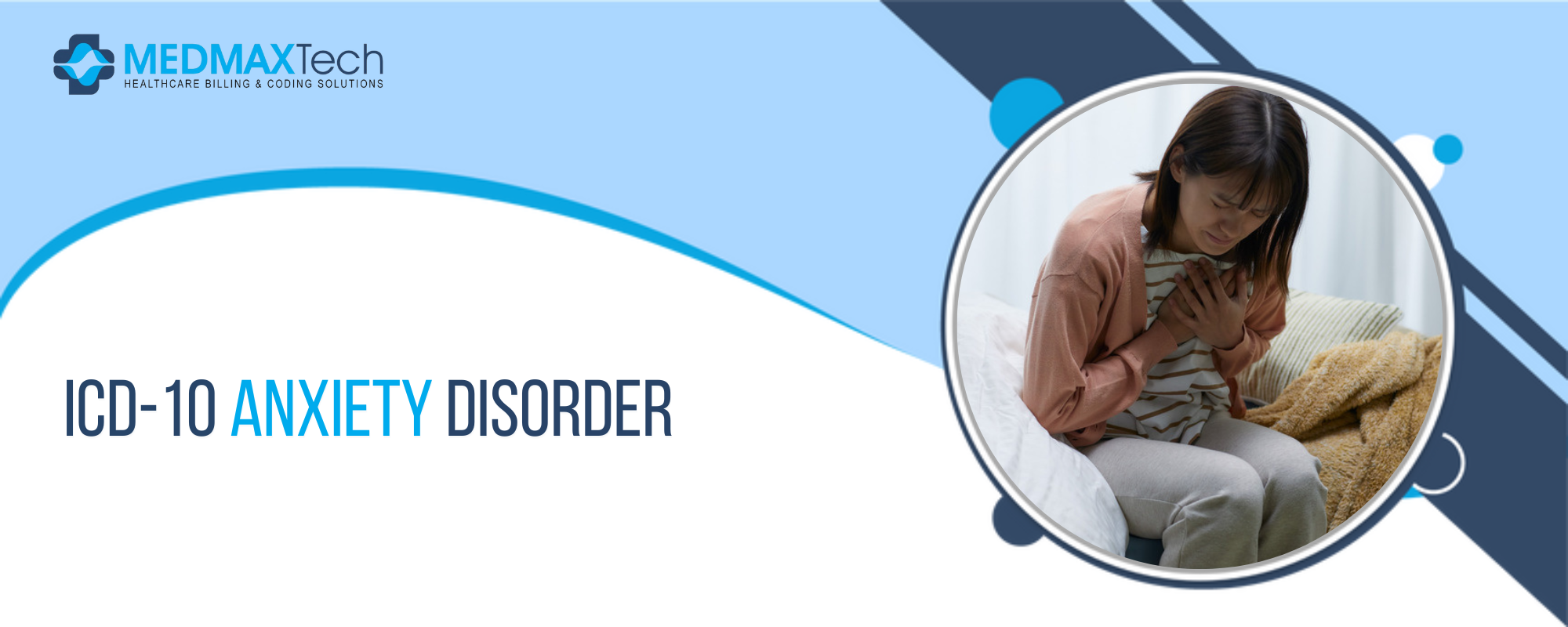
A Brief Guide on ICD-10 System
The International Classification of Diseases, Tenth Revision (ICD-10) is a standardized system used to classify and report medical procedures and diagnoses. It is used by healthcare providers, hospitals, insurance companies, and governments around the world to collect and report data on diseases, injuries, and other health conditions.
Here is a brief overview of the ICD-10 system:
1. The ICD-10 is divided into 21 chapters, each of which covers a specific body system or aspect of health. For example, Chapter 1 covers infectious and parasitic diseases, while Chapter 17 covers diseases of the genitourinary system.
2. Each chapter is further divided into categories and subcategories, with each category and subcategory assigned a specific code. For example, the code for acute bronchitis is J20.0, while the code for diabetes mellitus type 1 is E10.
3. The codes in the ICD-10 system are made up of letters and numbers. The first character is always a letter, and the second and third characters are numbers. The fourth and fifth characters are optional and are used to further specify the diagnosis or procedure.
4. The ICD-10 system includes codes for a wide range of diagnoses and procedures, including diseases, injuries, signs and symptoms, and abnormal findings. It also includes codes for social and behavioral health conditions, such as substance abuse and mental disorders.
5. The ICD-10 system is updated periodically to reflect changes in medical knowledge and technology. The most recent update, ICD-11, was released in 2018.
Where Can I Find a List of ICD-10 Codes?
There are a number of resources where you can find a list of ICD-10 codes. Here are a few options:
The World Health Organization (WHO) maintains an online version of the ICD-10 codes, which you can access for free on their website at:
1. Many healthcare providers and hospitals also have access to electronic versions of the ICD-10 codes through their electronic medical record (EMR) systems or billing software. You can ask your healthcare provider if they can provide you with a list of codes.
2. There are also a number of websites that offer ICD-10 code lists and other resources, such as coding manuals and training materials. Some of these sites may charge a fee for access to their resources.
It’s important to note that the ICD-10 system is updated periodically, so it’s important to use the most current version of the codes when coding diagnoses and procedures. You can find the most recent version of the ICD-10 codes on the WHO website or through your healthcare provider or billing software.
How to Learn ICD-10?
Learning the ICD-10 system can be a challenging but rewarding task, as it is a comprehensive and detailed system used for coding and classifying medical diagnoses and procedures. Here are a few steps you can follow to learn the ICD-10 system:
1. Familiarize yourself with the structure and organization of the ICD-10 system. This will help you understand how the codes are organized and how to navigate the system.
2. Obtain a copy of the ICD-10 codes and start reading through them. You can find a list of the codes on the World Health Organization (WHO) website or through your healthcare provider or billing software.
3. Practice coding by looking up diagnoses and procedures in the ICD-10 manual and assigning the appropriate codes. This will help you get a feel for how the codes are used and how to use the manual effectively.
4. Consider taking a training course or workshop on ICD-10 coding. Many organizations, such as professional associations and educational institutions, offer training programs that can help you learn the ICD-10 system in more depth.
5. Keep up to date with changes to the ICD-10 system. The ICD-10 system is updated periodically to reflect changes in medical knowledge and technology, so it’s important to stay current with the most recent version of the codes.
Learning the ICD-10 system can be a time-consuming process, but it is an important skill for healthcare professionals, including medical coders and billing specialists. With practice and dedication, you can become proficient in using the ICD-10 system.

Jessica Collins
Jessica Collins is a Certified Professional Coder (CPC) specializing in medical billing services and revenue cycle management (RCM). She works closely with healthcare providers and medical billing companies to streamline claim processing, reduce denials, and enhance reimbursement efficiency.









